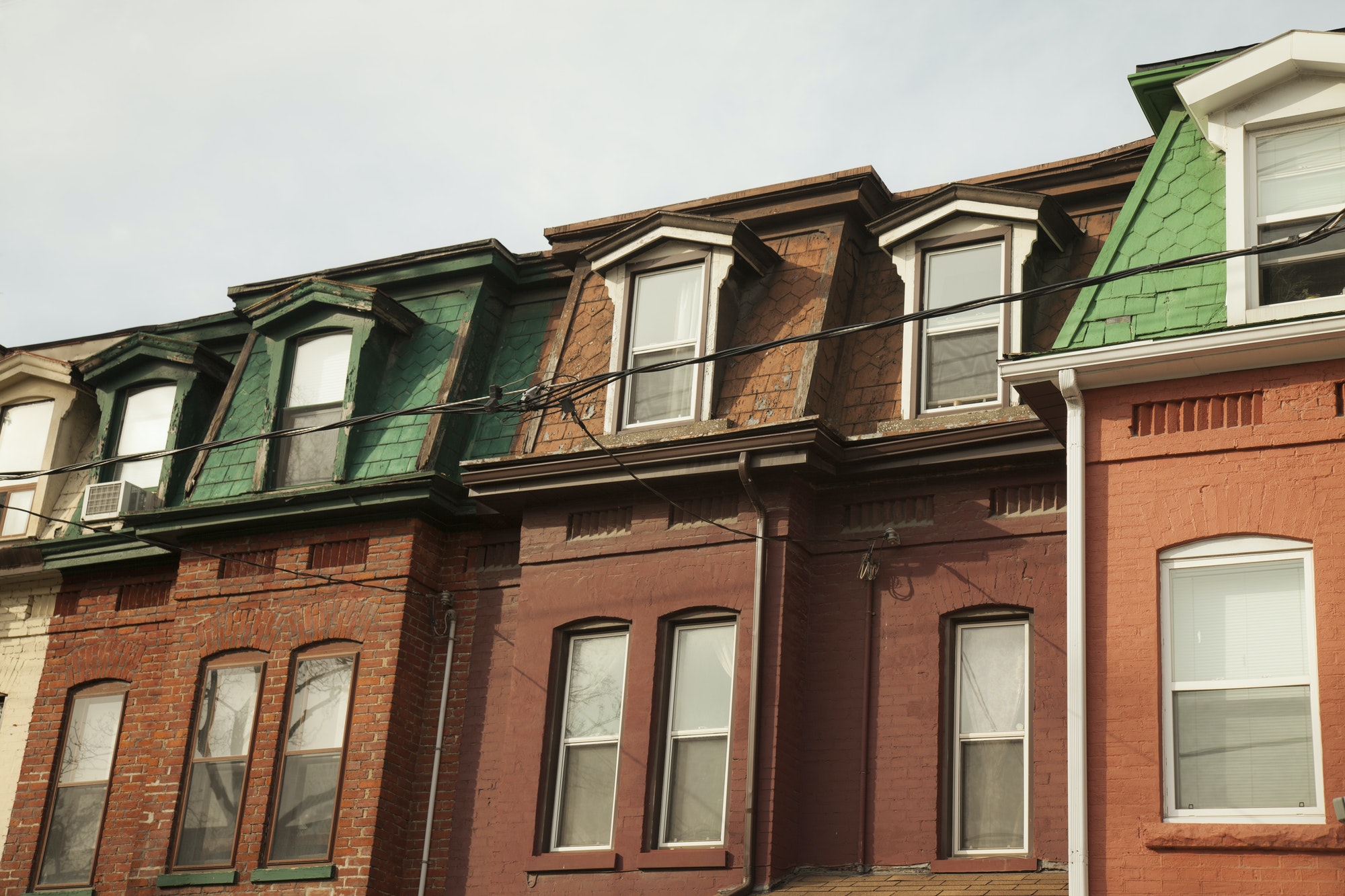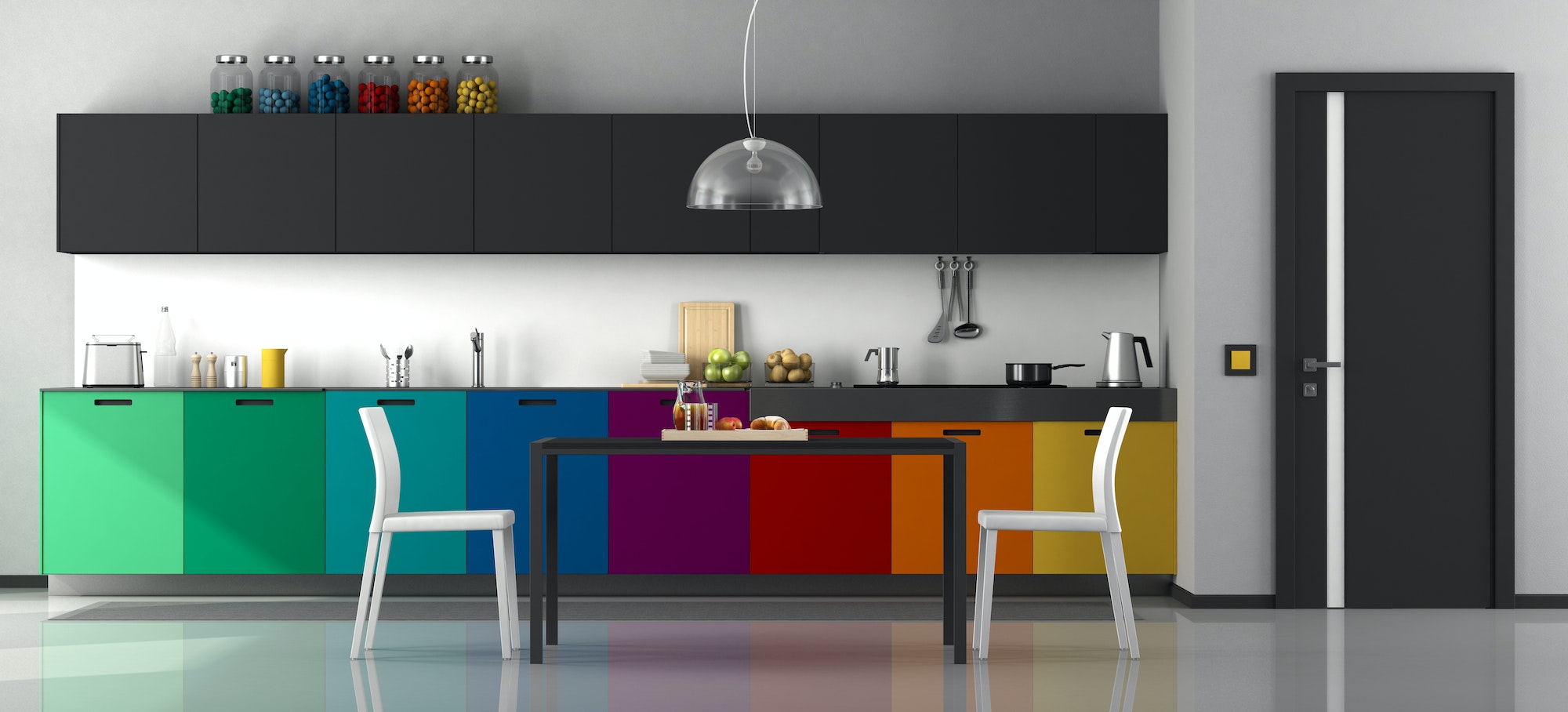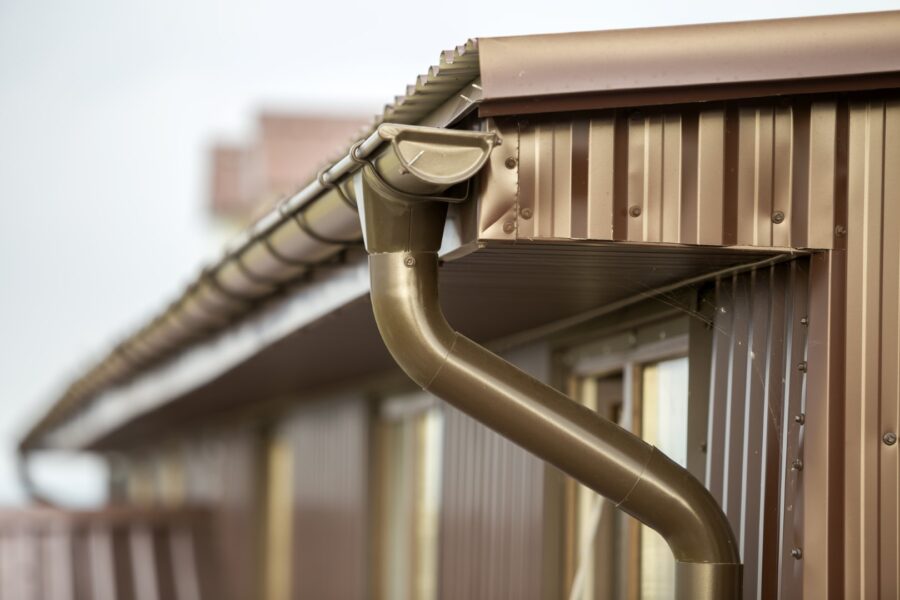There are few things more exciting to a homeowner than doing a large renovation. When you have an older house, a renovation might be necessary to prevent safety and health hazards and keep the building looking great in its older years. Renovations take time and money, so you need to get it right. Here is a step-by-step renovation guide for an old house.
Step 1: Plan It
Never go forward with a renovation without a plan. You could end up with delays and cost overruns as a result. A good plan will tell you how long the entire project will take and how much it will cost for each phase. If your plan is over your budget, you can make adjustments to get the cost down or raise your budget to accommodate. The plan will give you and your builders a roadmap to completion.
Step 2: Demo
With old houses, it often takes destruction to rebuild them into something beautiful. You will need to remove any old materials that will not be used in your new space. You may also be able to repurpose some items. You will probably need to rent a dumpster, so make sure that cost is included in your plan. If you are doing the demolition work yourself to save money, then make sure to do so as safely as possible.
Step 3: Under the Floors and Between the Walls
Now that you’ve removed all of the old, not to be used materials from the house, work can start on everything that is usually hidden away under floorboards and behind drywall. Your plumbing, HVAC, and electrical work are much easier when there is access. This is also where your plan is important. It will tell you or your contractors where to put new outlets and new fixtures, for example. Once this work is completed, you will need an inspection of your plumbing and electrical before proceeding.
Step 4: Installations
At this point, you can install anything that you need. This can include your fixtures and any other elements you want to add or upgrade. This includes sinks, faucets, bathtubs, cabinets, lighting, and toilets.
It’s very common for old houses to have fireplaces. Unfortunately, fireplaces can often disrepair over time, and they either need to be completely renovated, replaced, or fortified so they don’t collapse. Contact a company like Ebyland, the hearth & fireplace installer in Keyser, WV, or wherever you live for this work. A fireplace can be a focal point of any room where it’s installed, and you don’t want to make a mistake.
Walls
Once you have everything in place, you can start to put in the walls for your renovated home. You may have to redo some framing, and then you can put up your drywall. First, you will have to hang drywall sheets and apply the compound to keep it in place. Once you’ve done that, you will need to allow time for it to dry. After that, you can sand it down to make it smooth. If you don’t, your paint job will not be consistent, and you will have marks and gaps.
Painting
Now you have completely bare walls with which you can do anything. Choose your favorite colors for each renovated room, and let your imagination soar. Painting is something that many homeowners do themselves. Remember, you can do a great job on your own, but it is also a lot of work. Plus, a mistake that isn’t fixed properly could be an eyesore, causing you to do a lot of work to make things right. Painting is one of the most fun parts of any home renovation project because it is when the completed room becomes a reality.
Windows and Doors
No renovation of an old home is complete without working on the old windows and doors. Leaving them as is will only bring down the new and upgraded look. Many homeowners keep old doors, especially the front door, if they can refinish and reinforce them. While you might want to keep the sills and frames of your windows if they work with your motif, you may need to refinish and seal them to protect against the elements adequately.
Flooring and Finishing
The flooring is often one of the last steps since new flooring can get damaged while doing the other types of work. You can install your hardwood, laminate, tile, or carpeting at this point.
Once that is done, all you need to do is the finishing work. This involves nailing things securely, fixing any minor paint job issues, and ensuring that everything is perfect. You don’t’ want anything less than that for your newly renovated old home.
The very last thing to do is clean up. Get all your tools put away, vacuum up dust and debris that you’ve accumulated, and make sure that the space you renovated is free from any hazards that might look bad and create a safety hazard. Now you are ready to enjoy your home as you want it to be.
Discover more from Futurist Architecture
Subscribe to get the latest posts sent to your email.




